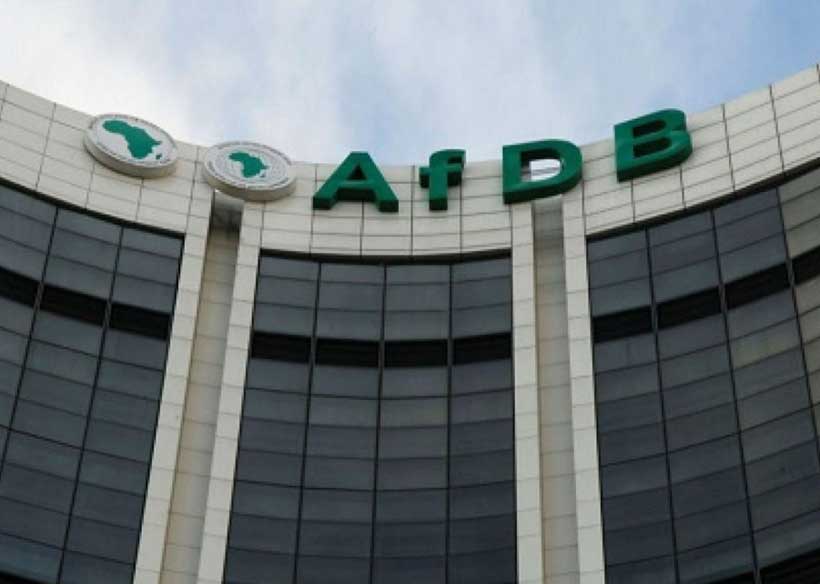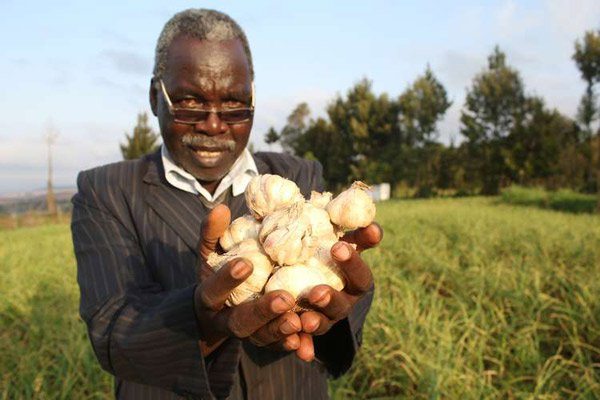Covid-19 triggers garlic phenomenal yields
WHEN many families have been adversely affected by the Covid-19 pandemic which forced companies to scale down production and caused loss of jobs in some cases, farmers specialising in garlic growing have been smiling all the way to the bank after increasing production by more than 600 percent.
The phenomenal increase in production has resulted in employment creation.
The demand for garlic, ginger and turmeric shot up following the outbreak of Covid-19 as more people now appreciate their medicinal value.
The World Health Organisation (WHO) says garlic is a healthy food that may have some antimicrobial properties but there is no evidence that eating garlic has protected people from the pandemic.
According to a report published in the Pharmaceutical Journal in April this year, garlic has been used for millennia in the treatment of a variety of human diseases and metabolic disorders. A review of the scientific literature suggests it could also have value as an inhalation therapy in the treatment of pulmonary infections caused by Covid-19 infection
and associated secondary bacterial infections, a significant cause of mortality in hospitalised patients.”
In Zimbabwe as people grappled with the Covid-19 pandemic, there was an increase in demand for garlic, a development that resulted in increased production by local farmers.
Garlic became and is still important mainly because of its nutritional and medicinal value.
It is one of the most important spices when it comes to cooking. It is also quite useful in human health due to its antibiotic value.
Garlic has also been found to optimize the function of the human heart.
Garlic takes about nine months to reach maturity but some varieties maturing after five months.
Garlic, Ginger, Turmeric Growers Association of Zimbabwe (GGTAZ) Gweru member Mr Douglas Msipa said the country harvested 200 tonnes of garlic last year.
He said more farmers were embracing garlic farming, with the country expecting around 1 200 tonnes of the cash crop this year.
“Garlic production in the country has increased by more than 600 percent, with the drive to maximize production bearing fruit as experts advise farmers on the importance of value addition on the produce. Last year the country produced 200 tonnes and this year we expect 1 200 tonnes as more farmers have planted the crop,” he said.
Five years ago, Mr Msipa, the son of the late national hero, Dr Cephas Msipa abandoned artisanal mining for farming.
The decision baffled many people who believed there was more money in artisanal mining.
Furthermore, his choice of specialisation in garlic appeared to be a poor move as many believed the market was limited.
“I am one of the garlic farmers in the Midlands province and we have seen a boom in demand for the crop. Covid-19 pandemic while it has affected other sectors or products, for us, we have done well since garlic is in demand across the world. They want garlic for its health benefits and that has worked in our favour,” said Mr Msipa.
Zimbabwe is positioning itself to benefit from the growing garlic world market.
Mr Douglas Msipa
President Mnangagwa has also encouraged farmers to take garlic production seriously as it has the potential to foster rapid rural industrialisation as well as boost income through exports.
Naturally, garlic somewhat wards off diseases and pests. There are of course some diseases and pests that you must look out for. Cutworms are the most common pests whereas white rot and Downey mildew are some of the common diseases.
“It’s been a long journey. We have been moving around the country mobilising farmers with ZimTrade. Initially, it was just a few of us who were interested in growing the crop.
However, we made a pact of keeping all the produce for expanding our seed. We roped in some irrigation schemes and some farmers are now ready to perform wonders,” Mr Msipa said.
GGTAZ has since stopped exports in a bid to improve the availability of the seed and boost yields to meet local and ultimately international demand.
“As a country, last season we managed only 200 tonnes but this season one farmer in Mashonaland west province is expecting 300 tonnes. This is a remarkable performance. We are also saying all the produce this year will be kept for expansion of the crop until we reach 25 000 tonnes,” said Mr Msipa.
He said garlic farming is labour intensive and as such creates many jobs.
Mr Msipa said for example, Midlands farmer Mr Rugare Gumbo (not the former minister) who put five hectares on garlic has a minimum of 20 full-time employees at any given time.
“At my farm I use mainly casual labour on the 10 hectares and I hire 25 casuals when planting. A hectare you put 500 000 seeds/ cloves manually because seeds are placed in marked holes. Each worker can only plant on average 5 000 seeds/ cloves in eight hours” he said.
Mr Msipa said weeding is also by hand.
“You weed three times before harvesting and because of 10cm spacing either way one can’t use a hoe. Its sharpened sticks for weeding, very slow and tedious process,” he said.
Industrial expert Professor Mandivamba Rukuni says the focus should now be on thinking beyond exporting the crop in its raw form.
“It is time we create industries instead of mourning about lack of employment opportunities when we are producing from the land. We have maize and several products can come out of it but we are importing products that can be produced from maize,” said Prof Rukuni.
He said farmers should move to the next stage of becoming industrialists instead of just producing crops.
“Let’s have a full list of products to be produced from all these raw materials for us to achieve Vision 2030.
Manufacturing should start at the farms, at our rural homes, in garages and at townships,” said Prof Rukuni.
GGTAZ president, Mrs Josephine Toro urged farmers to spearhead cooperatives and unions as a way to lobby more growers into the sector for equal representation of the sector like the maize and wheat production sectors.
She also challenged farmers to initiate mass production of garlic, ginger and turmeric in order to have adequate seed which at the moment is being imported.
“Our garlic, ginger and turmeric sector was largely reliant on foreign seed varieties hence the cost of seed was very high,” said Mrs Toro.-The Chronicle










